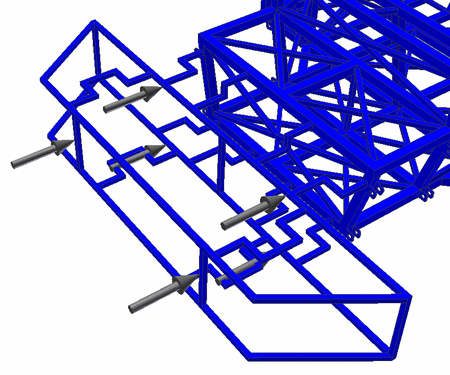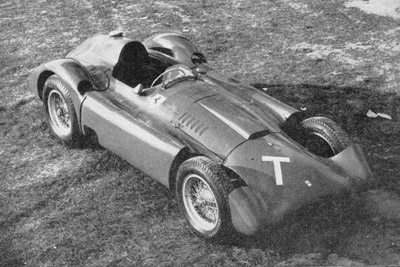How did we get here though?
R&D and limitation. We are our own worst enemies. When racing began there were no rules. The rule book wrote itself to an extent. The concept of GP racing was to build the fastest craziest machine possible and put the most skillful, craziest nutter behind the wheel.
I'm sure I'm repeating myself here, but we reached the limits of the crazy nutter behind the wheel and had to put limits in place. As we have grown around those limits, further limits need to be set. If one team makes a great innovation and moves forward, the rest must follow or get it stopped in its tracks to keep up. The rule book evolves further...
Without knowing or intentionally doing so, the racing, or GP racing we created actually becomes a very restricted science, not the balls out development race it started as. The rule book is evolved rather than created and this will rarely encourage innovation and tends to lead everyone down the same route. The rule book has come soo far in its evolution that really there is not much to designing in an F1 car. Sure there are 1 000 001 tiny changes and design details to get you to the front, but the rule book pretty much dictates what you build.
It has led us to having daft systems and regimes built into the sport, that its concept never envisaged, wanted or allowed for. The DD is a great example.
There is only one way to actually push the RESET button on F1 and get it back to an innovative design program, an industry leader (in the wider oil fueled world) and platform for drivers to really show their stuff.
Push the button. Hit RESET. The big red button that says don't press! start again from scratch with the rule book, but this time you have 60 years of knowledge, testing, designs, safety, tracks/corners/chicanes, wheels/wings/engines etc to show you what needs to be avoided at all costs (IE huge vacuums for 300m behind a car) and what really should be included (driver skill, on-edge design and innovation).
However: Ill hang around the next few years with patience and anticipation (anticipatience?) for what is to come. There are several new ideas coming to F1 next year that we've already said will go either way, and in 2013 we have another huge mix-up. Possibly going nearly as far as my suggestion to push RESET.
I'm excited about what F1 will bring me the next 5 years






